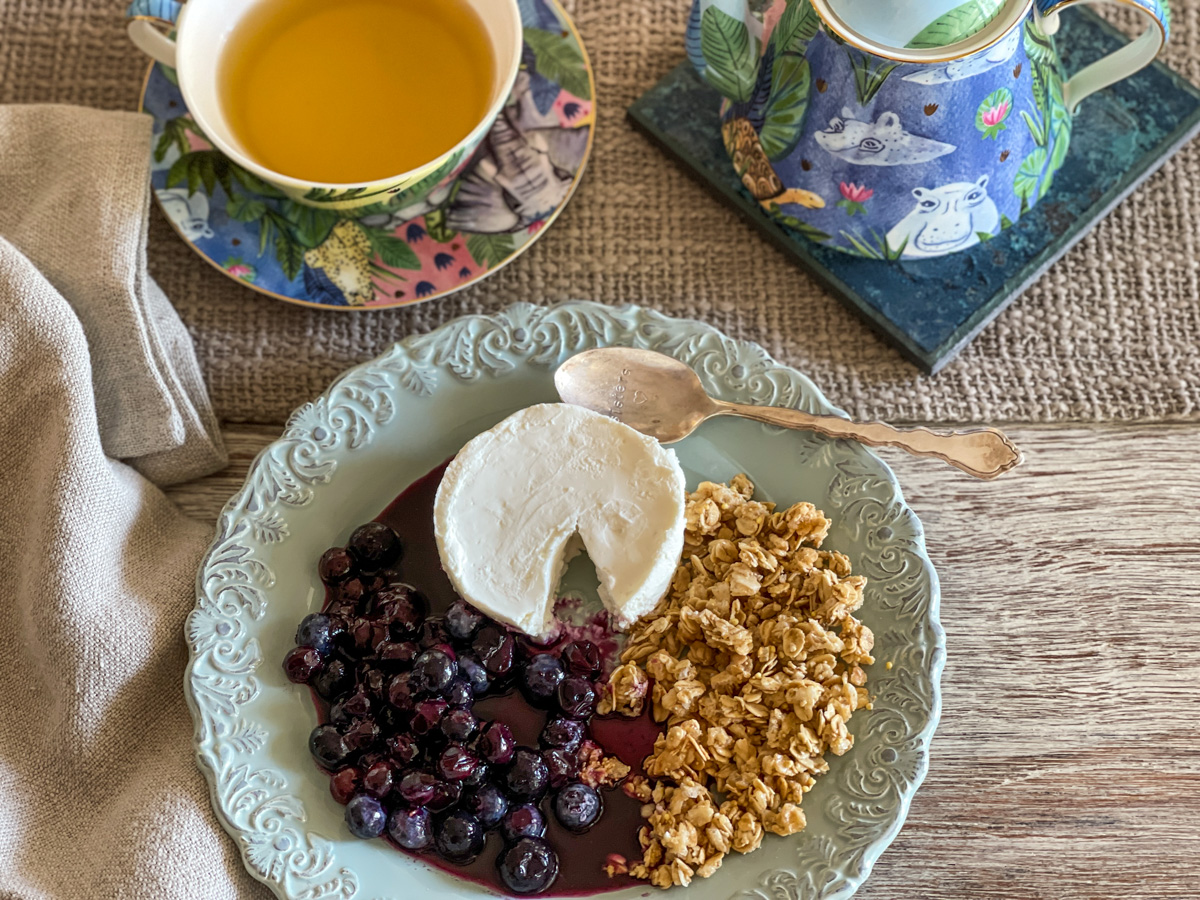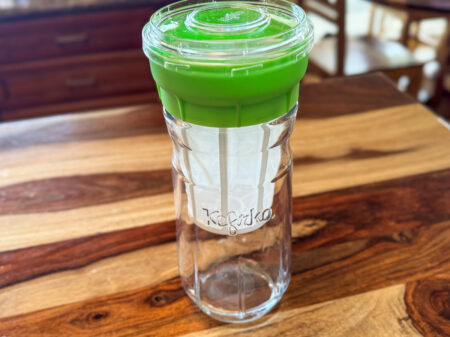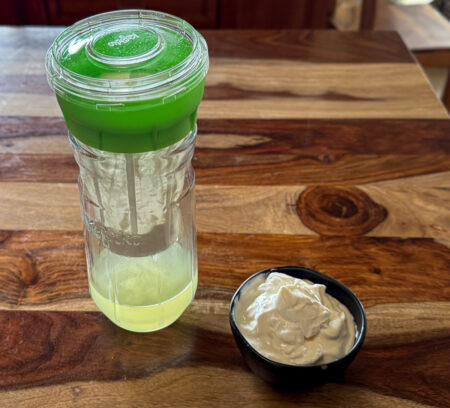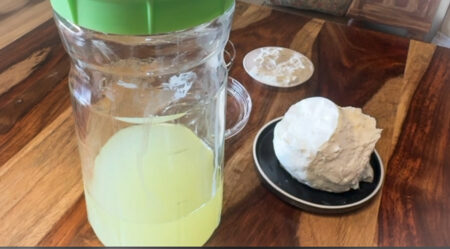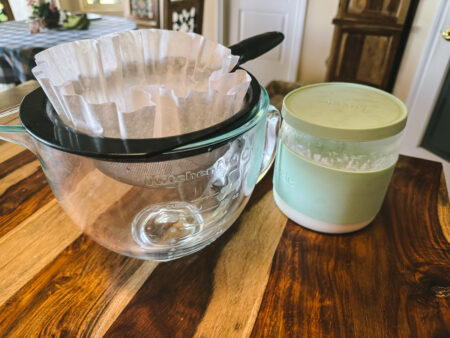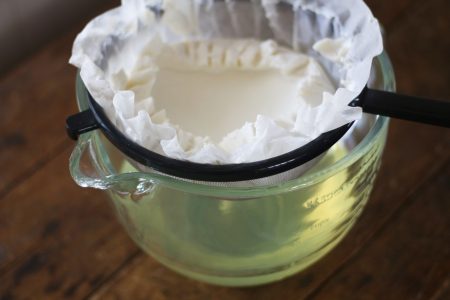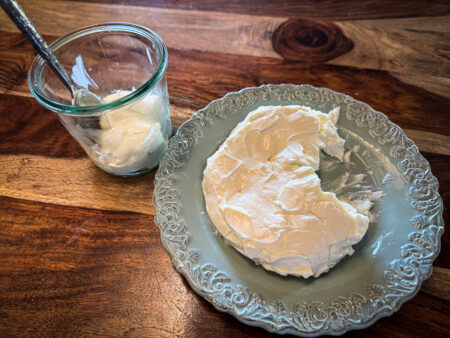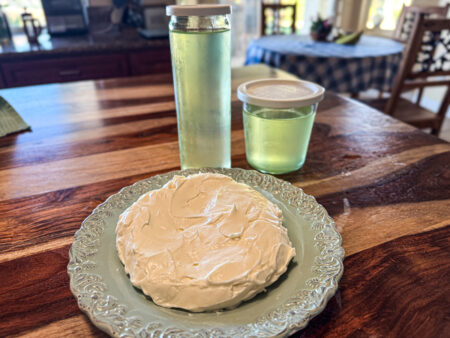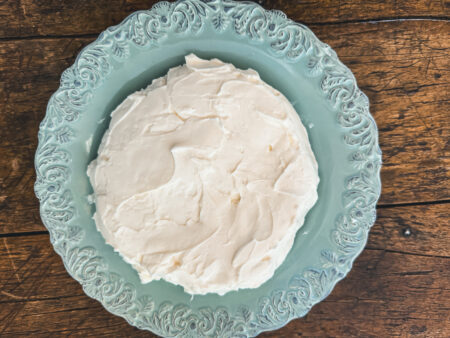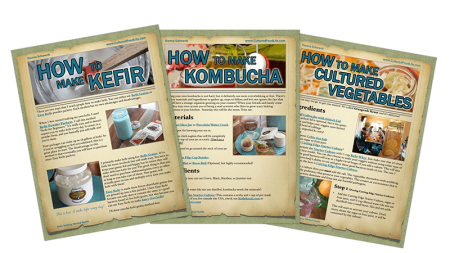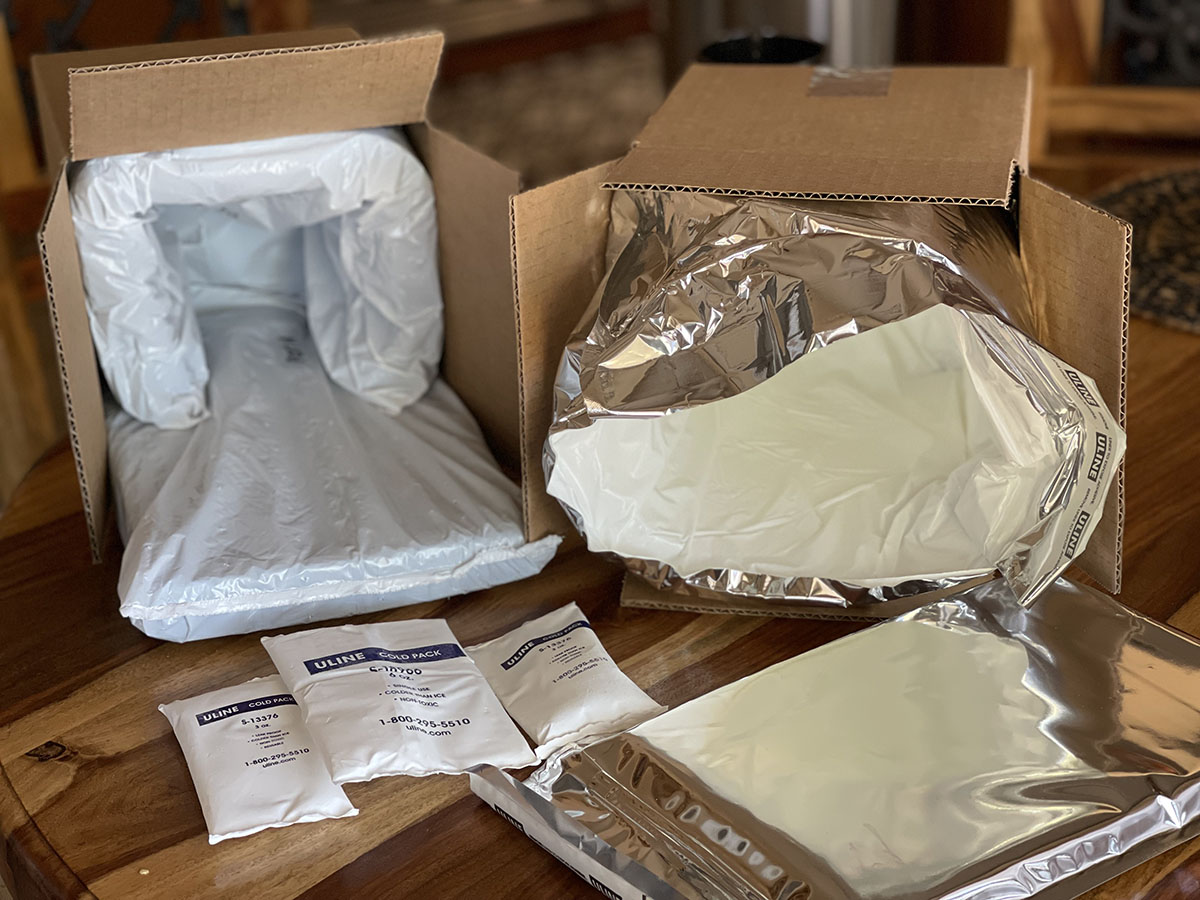
How to Make Yogurt Cheese
Yogurt Cheese and Whey
How to Make Yogurt Cheese and Whey – Two Cultured Treasures
One of the most delightful and simple things you can make from your homemade yogurt is yogurt cheese. It's creamy, tangy, probiotic-rich, and oh-so-versatile. And as a bonus, you get the golden liquid that drains off—whey—which is a nutrient-dense treasure all on its own. 🧡
What Is Yogurt Cheese?
Yogurt cheese is made by straining the liquid whey from yogurt until it becomes thick like cream cheese. The longer you strain it, the thicker it gets. You can use it as a savory spread, a base for dips, or even a sweet dessert topping. And you won’t believe how good it makes you feel. You're still getting all the probiotics from your yogurt—just in a concentrated form!
 And Don’t Toss That Whey!
And Don’t Toss That Whey!
The liquid that strains off your yogurt is whey—and it’s loaded with probiotics, minerals like calcium and potassium, and proteins that support muscle repair and immune function. It's clear, yellowish, and packed with goodness.
Ways to Use Whey:
- Add to smoothies or fermented drinks for extra probiotics
- Use as the liquid in bread, pancakes, or muffins
- Add to soups or stews for a nutritious boost
- Use it to soak grains and beans before cooking
- Give a little to your garden—the microbes love it too!
Why This Matters
Making yogurt cheese and whey is like unlocking two treasures from one beautiful cultured food. You get a creamy, probiotic-rich cheese, and a golden healing liquid that can nourish your gut, support your immune system, and even help your body detox gently and naturally.
Yogurt cheese is easy to digest because the beneficial microbes in the yogurt have already pre-digested the lactose and proteins for you. It’s gentle, healing, and full of live cultures that work synergistically with your body to bring balance and wellness.
Nutritional Information
Carbohydrates, Fats, and Proteins
 Yogurt Cheese – A Simple Transformation with Big Benefits
Yogurt Cheese – A Simple Transformation with Big Benefits
When you make yogurt cheese, something beautiful happens. As you strain the yogurt, the whey separates and takes with it most of the milk's natural sugars (lactose), leaving behind a rich, creamy cheese that’s packed with protein and low in carbohydrates. This is one of my favorite ways to enjoy yogurt!
The Role of Whey
Where Do the Carbs Go? Yogurt, Whey, and Fermentation
Fermentation is a beautiful thing! As yogurt ferments, beneficial bacteria feast on the lactose (milk sugar), turning it into tangy lactic acid. Then, when you strain the yogurt, you’re removing even more of those milk sugars in the whey. Here's a quick look at how the carbohydrate content shifts:
Lactose and Lactic Acid in yogurt
Fermentation Changes Everything
This all shifts when we bring fermentation into the picture. As yogurt ferments, the beneficial bacteria begin to feast on the milk sugars, converting them into something quite special—lactic acid. This process naturally lowers the carbohydrate content and makes the yogurt more digestible.
Lactic acid is a powerful ally. It’s what gives yogurt its tangy flavor, acts as a natural preservative, and keeps out harmful bacteria. Though lactic acid has the same building blocks as carbohydrates (carbon, hydrogen, and oxygen—C₃H₆O₃), it’s not technically a carbohydrate, and it doesn’t spike blood sugar.
This is why I love yogurt cheese. It's rich, creamy, full of probiotics, and deeply nourishing. You get the very best of the milk—with the sugar mostly gone. It’s simple, beautiful food, and your body knows just what to do with it. 💛
Yogurt Cheese-Per Cup
How To Make Yogurt Cheese
How To Make Yogurt Cheese
Watch The Video
Equipment
Ingredients
- 4 cups Yogurt - Skyr, Greek, Yogurt Plus, L. Reuteri
Every ingredient with a link was selected by me to make it easier for you. I may receive a small affiliate commission if you buy something through my links. Thank you! ❤️
Instructions
Option 2 — Using a Coffee Filter and Strainer
- You can also add herbs, garlic, or even a touch of fruit purée to your yogurt cheese before pressing—it absorbs flavor beautifully! For a soft, creamy spread, press for 2–4 hours. For a firmer, sliceable cheese, let it press overnight in the fridge. It’s so easy to customize, and it always feels like you’re making something extra special, right in your own kitchen.
Notes
Listen To My Podcast
In this episode, I’ll show you how to turn homemade yogurt into creamy, tangy yogurt cheese—and why the golden liquid that drains off (whey) is one of the most powerful probiotic-rich ingredients you can keep in your kitchen. You’ll learn just how nourishing, versatile, and easy yogurt cheese is to make, and all the ways to use whey to boost your gut health, immunity, and even your garden! It’s simple, healing food—and your body will thank you.
Are you on the list?
Sign up today and I'll send you my free Getting Started Guide!
Each week I'll send you updates, tips, recipes, and more! You might even be a winner of my weekly giveaway! (starter cultures, memberships, and more!)
Come be a part of my cultured food family!

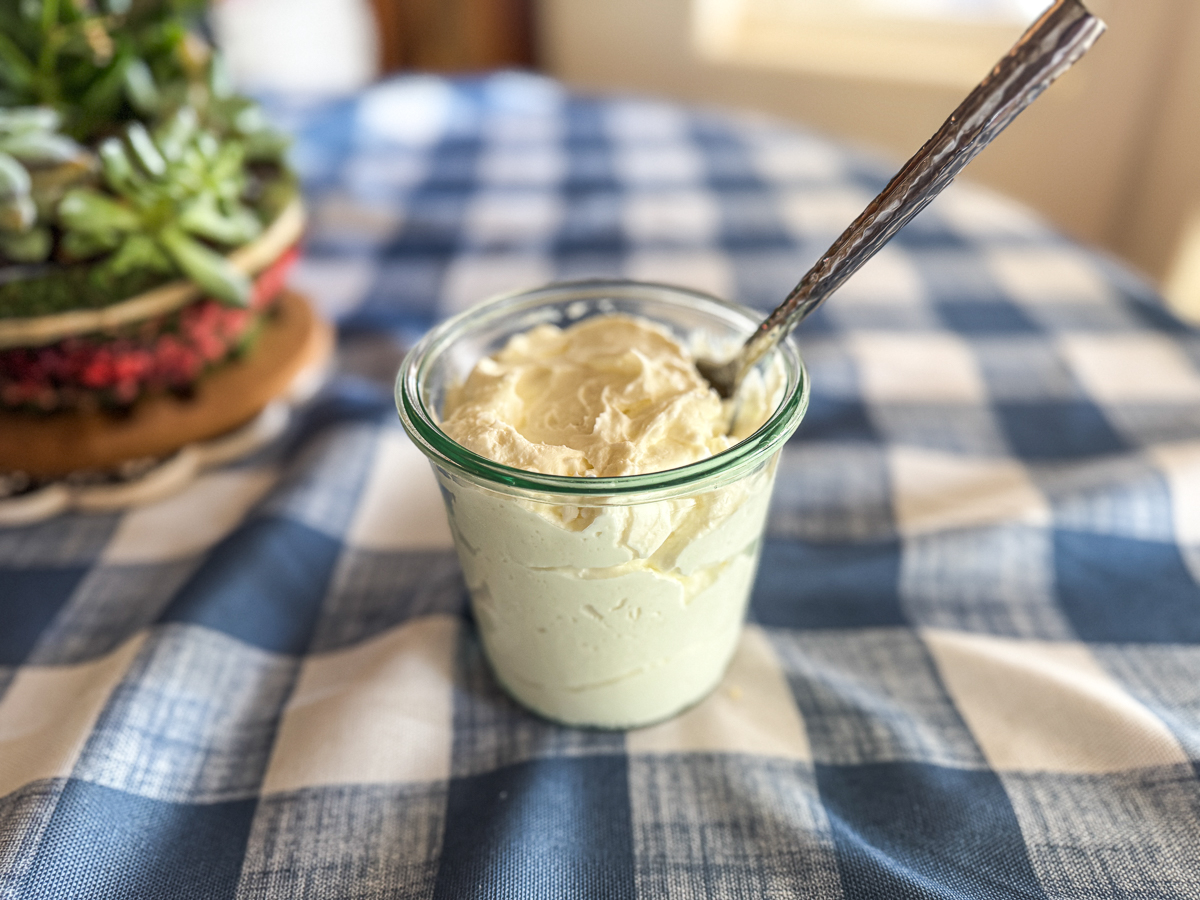
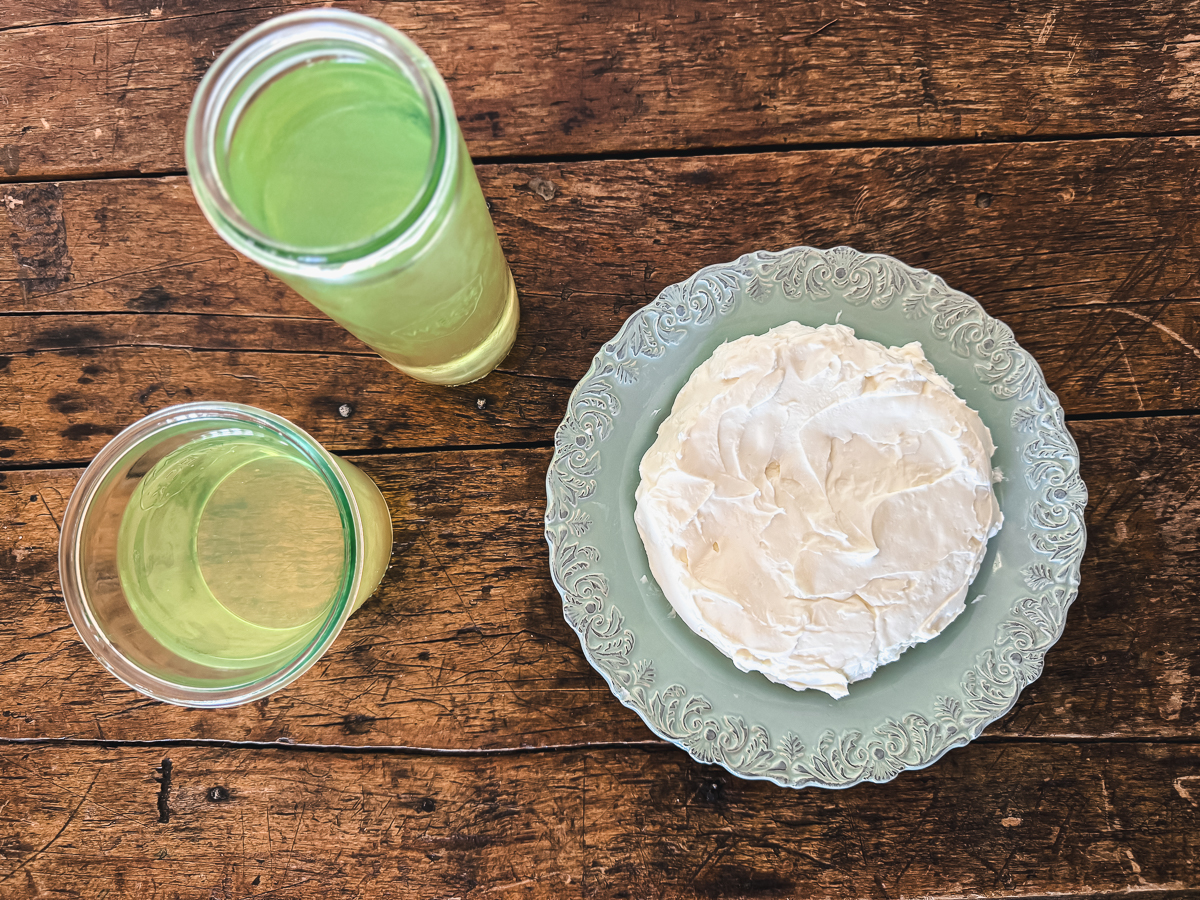 And Don’t Toss That Whey!
And Don’t Toss That Whey!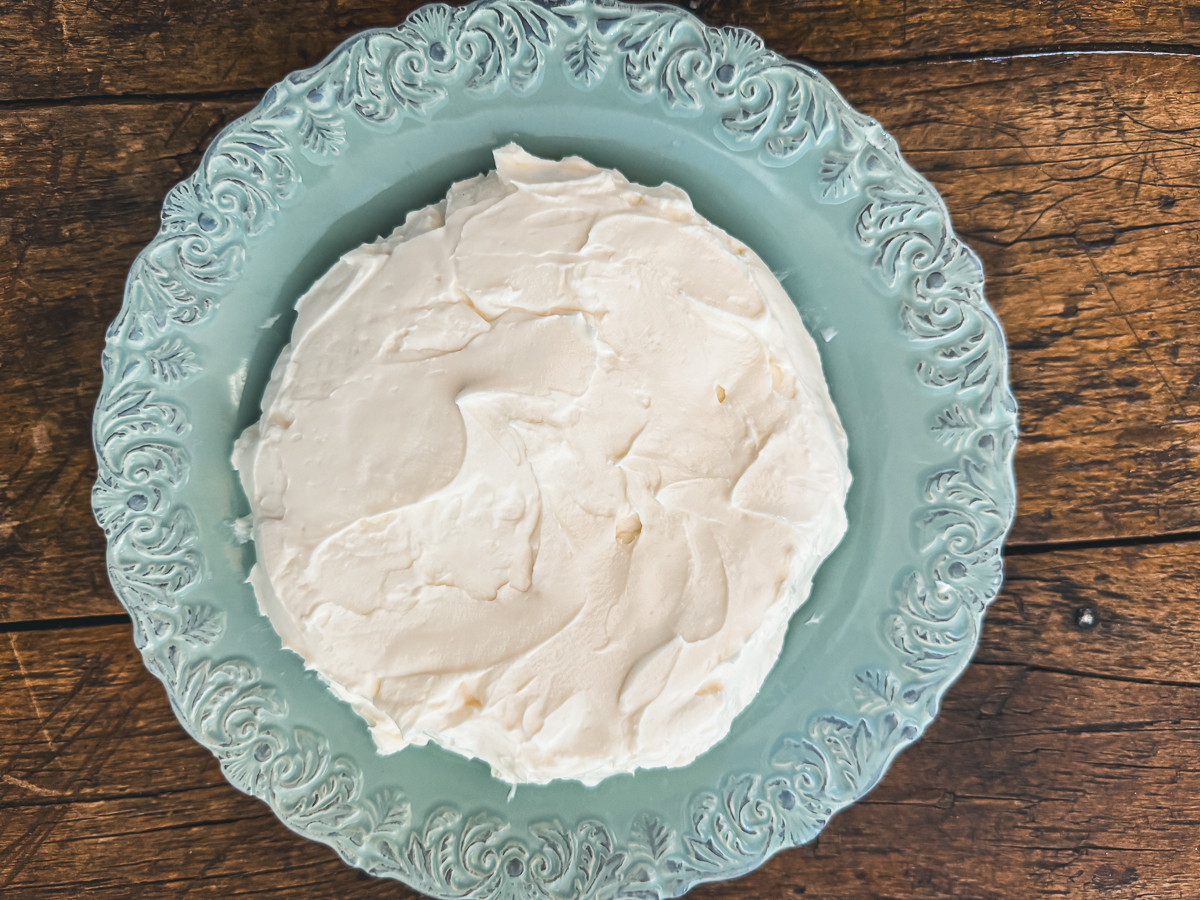 Yogurt Cheese – A Simple Transformation with Big Benefits
Yogurt Cheese – A Simple Transformation with Big Benefits